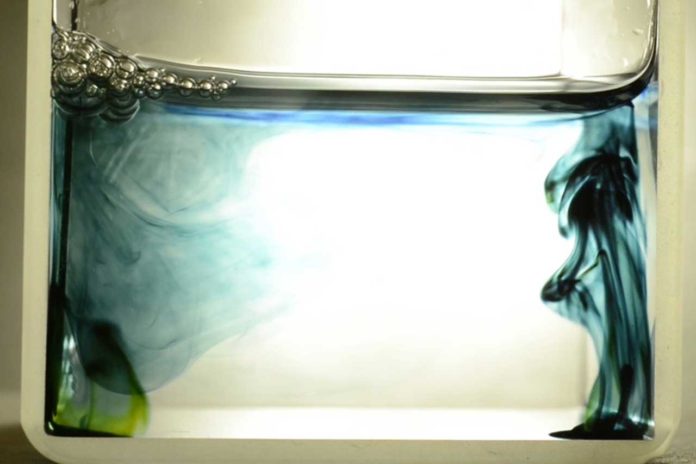Carbon capturing and conversion systems can efficiently produce useful, valuable products, such as transportation fuels or chemical feedstocks. This output can help to subsidize the process, offsetting the costs of reducing greenhouse gas emissions.
These systems consist of a gas stream containing carbon dioxide that passes through water to deliver carbon dioxide for the electrochemical reaction. The slow movement of water slows the rate of conversion of carbon dioxide.
MIT scientists have developed a method that could significantly boost the performance of systems that use catalytic surfaces to enhance the rates of carbon-sequestering electrochemical reactions.
The new design ensures that the carbon dioxide stream stays concentrated in the water right next to the catalyst surface. This concentration can optimize the performance of the system.
MIT professor of mechanical engineering Kripa Varanasi said, “Carbon dioxide sequestration is the challenge of our times. There are several approaches, including geological sequestration, ocean storage, mineralization, and chemical conversion. When it comes to making useful, saleable products out of this greenhouse gas, the electrochemical conversion is particularly promising, but it still needs improvements to become economically viable.”
“The goal of our work was to understand what’s the big bottleneck in this process, and to improve or mitigate that bottleneck.”
Scientists found that the bottleneck ended up involving the carbon dioxide delivery to the catalytic surface that advances the desired chemical transformations.
In these electrochemical systems, the stream of carbon dioxide-containing gases is blended in with water, either under pressure or by bubbling it via a electrodes equipped container. These electrodes were made from a catalyst material, for example, copper. Applying voltage to promote chemical reactions producing carbon compounds that can be transformed into fuels or other products.
In this system, scientists used a gas-attracting surface. They placed it near the catalyst material, a specially textured “gasphilic,” superhydrophobic material that repels water but allows a smooth layer of gas called a plastron to stay close along its surface. It keeps the incoming flow of carbon dioxide right up against the catalyst to maximize the desired carbon dioxide conversion reactions.
Using dye-based pH indicators, scientists visualized carbon dioxide concentration gradients in the test cell. It also shows the enhanced concentration of carbon dioxide emanating from the plastron.
During experiments, scientists found the double rate of the carbon conversion reaction. The system produced high rates of ethylene, propanol, and ethanol — a potential automotive fuel. It means the competing hydrogen evolution was sharply reduced.
Their new system also produced two new potentially useful carbon compounds, acetone, and acetate, that had not previously been detected in any such electrochemical methods at appreciable rates.
MIT postdoc Sami Khan Ph.D. ’19 said, “The important metric is selectivity, referring to the ability to generate valuable compounds that will be produced by a given mix of materials, textures, and voltages, and to adjust the configuration according to the desired output.”
Varanasi says, “Compared to previous work on electrochemical carbon reduction with nanostructure catalysts, we significantly outperform them all because even though it’s the same catalyst, it’s how we are delivering the carbon dioxide that changes the game.”
Ifan Stephens, a professor of materials engineering at Imperial College London, said, “This is a completely innovative way of feeding carbon dioxide into an electrolyzer. The authors translate fluid mechanics concepts used in the oil and gas industry to electrolytic fuel production. I think this kind of cross-fertilization from different fields is very exciting.”
The research was supported by the Italian energy firm Eni S.p.A through the MIT Energy Initiative and a NSERC PGS-D postgraduate scholarship from Canada.
Journal Reference:
- Sami Khan et al. Catalyst-proximal plastrons enhance activity and selectivity of carbon dioxide electroreduction. DOI: 10.1016/j.xcrp.2020.100318
